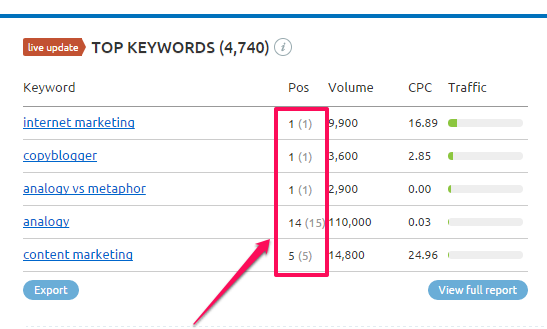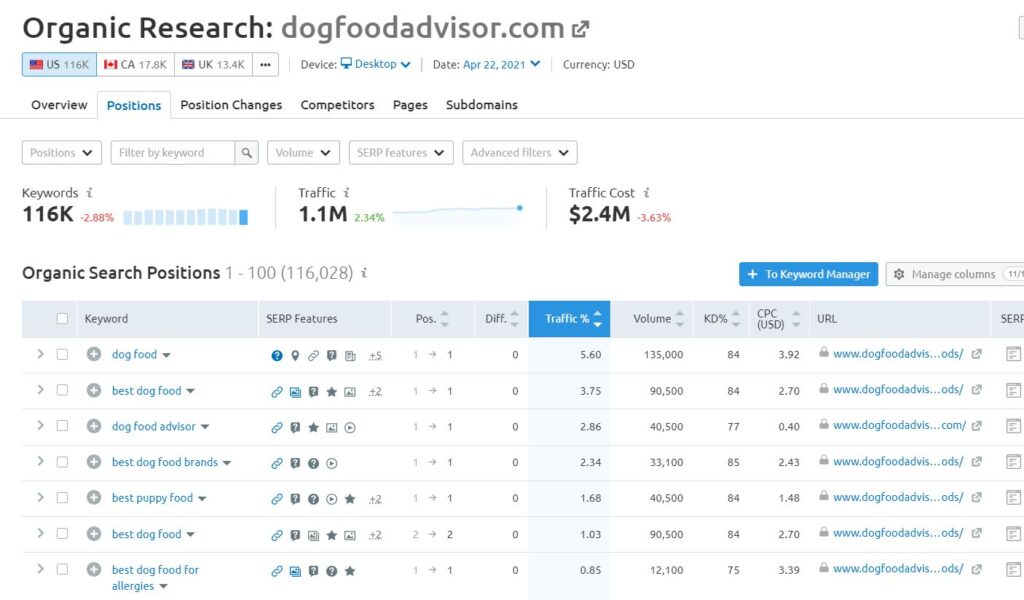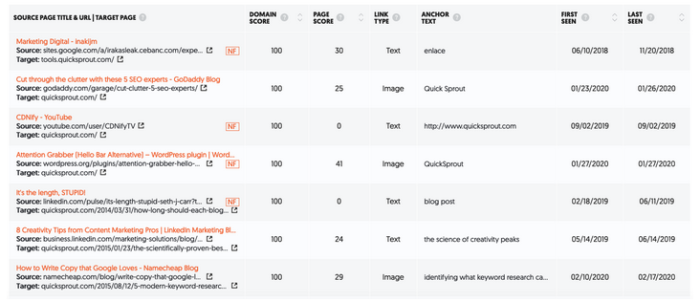
Moreover, it contributes to easier and more precise personalization by creating very accurate customer segments. By tracking interactions with the website (such as rage clicks, page refreshments, excessive zooming), you can find user’s frustrations – so-called “pain points”, spot conversion drops, measure engagement metrics, as well as implement quick wins. Tracking user behavior allows understanding how users interact with and perceive a website or digital product.


Then, using this information combined with qualitative analytics, you can look into the user behavior analytics – the "why" behind all actions. It involves collecting data about website visitors, such as their browsing behavior, location, device type, and using this information to gain insights into how they interact with the site. Website tracking, also known as web tracking, is the process of monitoring and analyzing user activity on a website. There are several powerful metrics to pay attention to, so it is important to know how to choose the one that best suits your needs. No matter how big the site or how much traffic it generates, it will always require periodic auditing.

Website stats are an essential part of finding invaluable insights into how your site is performing and where to focus your efforts for improvement. Importance of Web Traffic Analysis and Monitoring



 0 kommentar(er)
0 kommentar(er)
